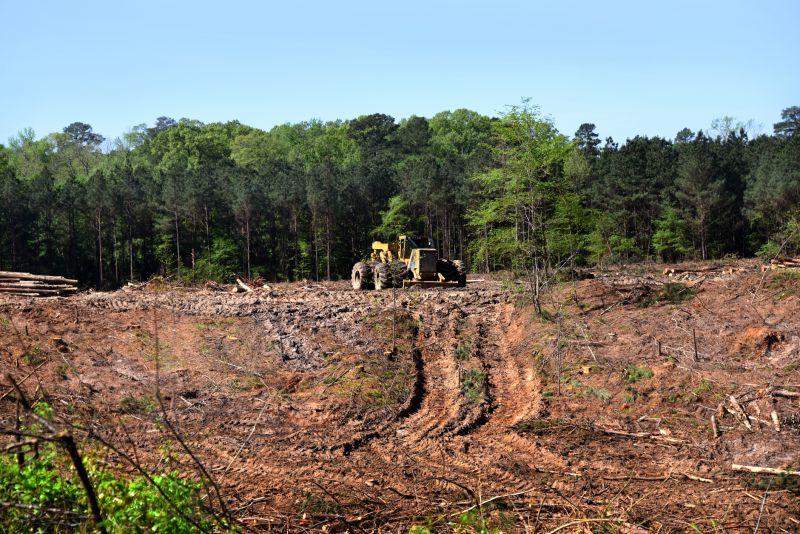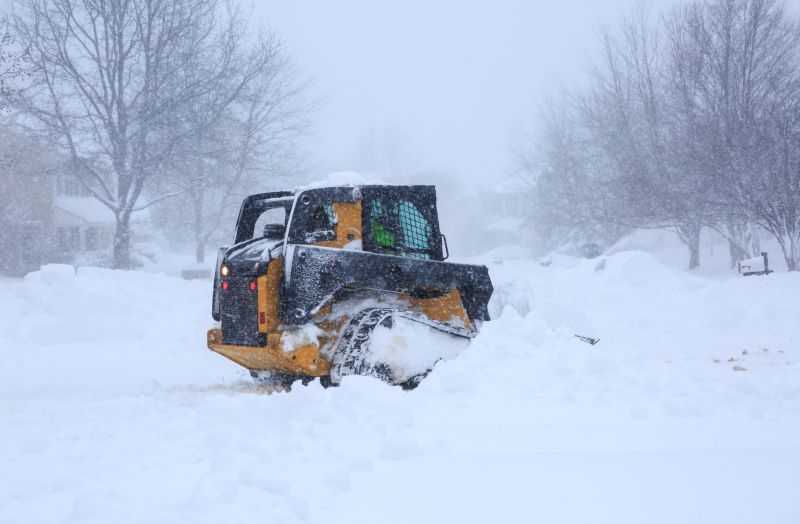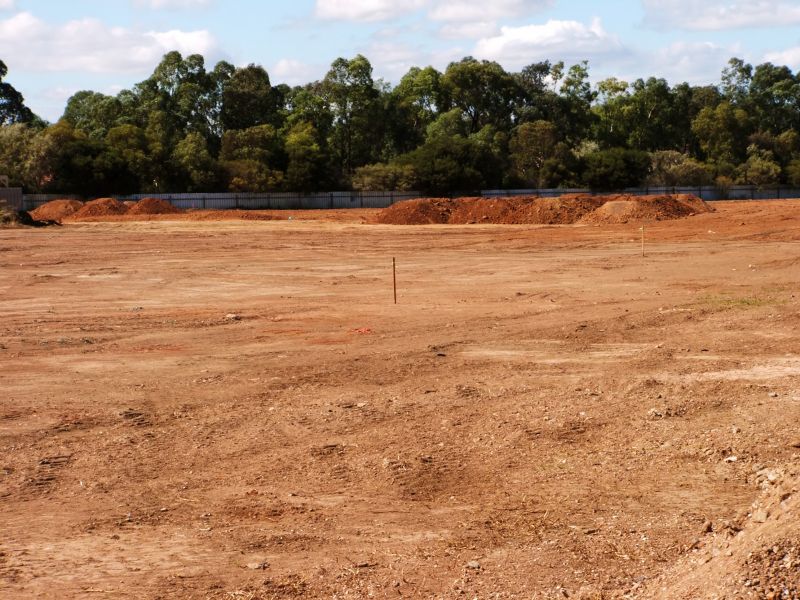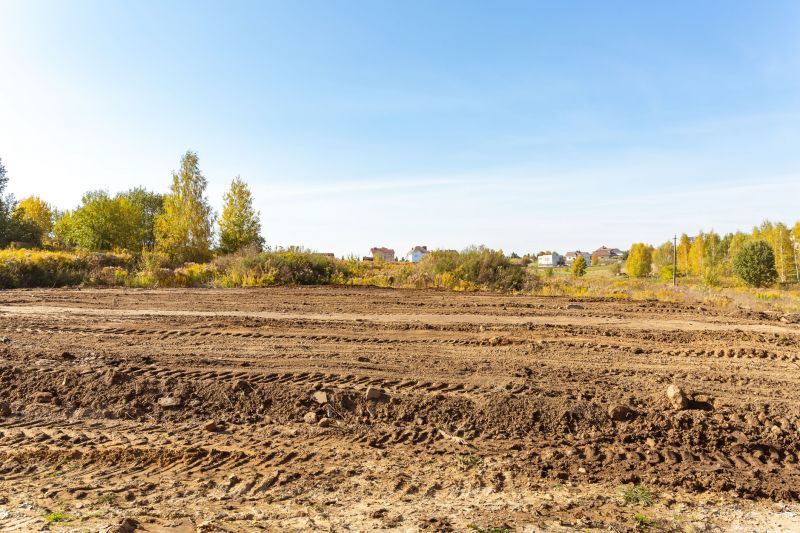Optimal Seasons for Land Clearing
Land clearing involves removing trees, brush, and debris to prepare a site for construction, agriculture, or development. Timing can impact the efficiency and safety of the process, making it essential to choose the optimal season for land clearing activities.
Spring offers moderate weather and longer daylight hours, ideal for land clearing. Soil is often moist but not overly wet, facilitating equipment operation and reducing dust.
Summer provides extended dry periods, which can be beneficial for clearing but may pose challenges due to high temperatures and potential drought conditions.
Fall is suitable for land clearing as temperatures cool down, and soil moisture levels are typically moderate. It allows for preparation before winter.
Winter may be less ideal due to frozen ground and potential snowfall, which can hinder equipment access and increase safety risks.

Heavy machinery preparing land during spring.

Land clearing in dry summer conditions.

Preparing land in autumn for future development.

Frozen ground and snow impact land clearing activities.
| Season | Optimal Conditions |
|---|---|
| Spring | Moderate soil moisture, longer daylight, manageable temperatures |
| Summer | Extended dry periods, high temperatures, potential drought |
| Fall | Cooler temperatures, moderate soil moisture, good for site prep |
| Winter | Frozen ground, snow, limited accessibility |
Land clearings are a critical step in preparing sites for construction, agriculture, or development projects. Proper timing ensures efficient removal of vegetation and debris, minimizes soil disturbance, and can reduce operational costs. The choice of season depends on local climate conditions, project scope, and specific site requirements. Spring and fall generally offer the most favorable conditions, with moderate weather and soil moisture levels that facilitate equipment use and safety.

Equipment working on land during spring.

Dry summer conditions for land removal.

Preparing land in autumn.

Frozen ground affecting clearing activities.
Choosing the right time for land clearing can improve safety, reduce environmental impact, and ensure project timelines are met. It is advisable to consider local weather patterns and soil conditions when planning land clearing activities. Proper timing also helps in managing equipment wear and optimizing labor resources.
Interested in land clearing? Contact for more information and assistance.
